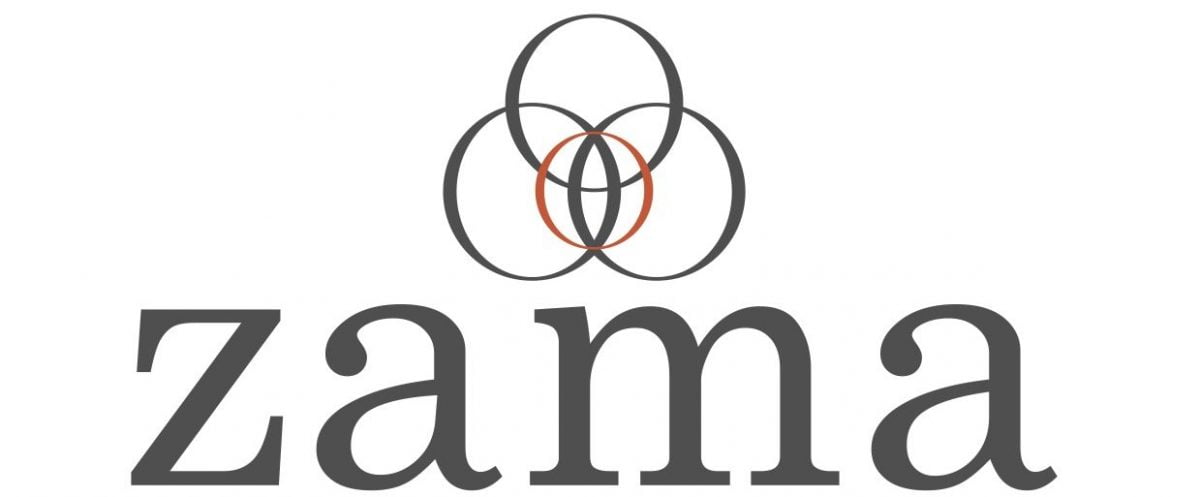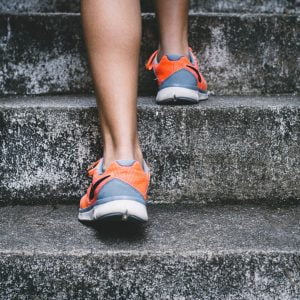Did you know that running is the second most popular form of exercise in the world, with over 1.5 million Australians jogging on a regular basis?
Whether you’ve recently jumped on the jogging bandwagon, put your name down for a charity run, or have a marathon or two under your belt, you might be wondering how yoga for runners can improve your speed, recovery, and endurance. After all, yoga can do just about anything!
Let’s take a look at three ways yoga prepares your body for running.
1. Yoga for runners improves core strength
Running is a full-body exercise. When we run, we engage much more than just our legs. Strengthening our core is an absolute must if we want to improve our running ability, as it acts as solid foundation for smooth, economical, full-body movements while reducing the risk of injury. The key here is stability – runners need stable hips to stop unnecessary strain on the knees as the legs stride forward, and a stable upper body to allow for a powerful pumping of the arms. Both of these movements initiate from the core, meaning the stronger the core, the safer and more fluid the runner’s gait.
Practice for core strength
Practicing yoga is an effective way to improve your core strength, and as a result, improve your running capabilities. Warrior III – Virabhadrasana III – is a standing balance pose that works into your core. Another great option is to transition between plank and side plank on your hands or elbows as smoothly as possible. Take it really slow, holding for a breath or two in each position.
2. Yoga promotes breath awareness
Breath is a yogi’s superpower both on the mat and the running track, especially when it comes to long distance running. When we run, both our heart rate and breath speed up. Having a sense of the intensity of your breath, and then the ability to control it, will not only benefit your endurance, but also your runner’s mindset.
You may have heard runners mention being ‘in the zone,’ and maybe you’ve had that experience yourself. Being ‘in the zone’ is basically being mindful, running in an almost meditative state where each step is deliberate and conscious. Breath connectedness can help you to slip into ‘the zone’ with ease, making it much easier to run longer distances.
Practice for breath awareness
Every time we practice yoga, we practice connecting our body’s movements to our breath. Consider how you focus on your breath during a vinyasa style practice that flows from one pose to the next using the breath as the cue. Take this awareness with you on your next run. Listen to your body – if your breath speeds up too much, slow down, and breath deep.
3. Yoga relieves tight muscles
Running can leave your muscles feeling a little sore. A slow, deep yoga practice is an effective – and seriously relaxing – way to relieve tight muscles.
The repetition of the runner’s stride can cause muscles to shorten, creating tension in the body and restricting the range of motion. The main culprits here are tight legs and hips. Do keep in mind that regular runners will need some stiffness in their body to ensure safety and stability in their movement. Becoming too flexible can result in injury. Again, always listen to your body, know your limits, and avoid pushing or striving.
Practice for muscle relief
When it comes to relieving tight muscles with yoga, opt for a slower, deeper practice. Yin yoga is a wonderful way to unwind your body and quiet your mind. As we mentioned above, runners will most likely want to focus on stretching their legs and hips. Half pigeon pose is the mother of all hip openers, and will not only open through the hip joint, but also lengthen the hip flexor muscles. Check out our instructions on getting into this posture here. Remember to hold for at least one minute on each side for maximum benefits.

